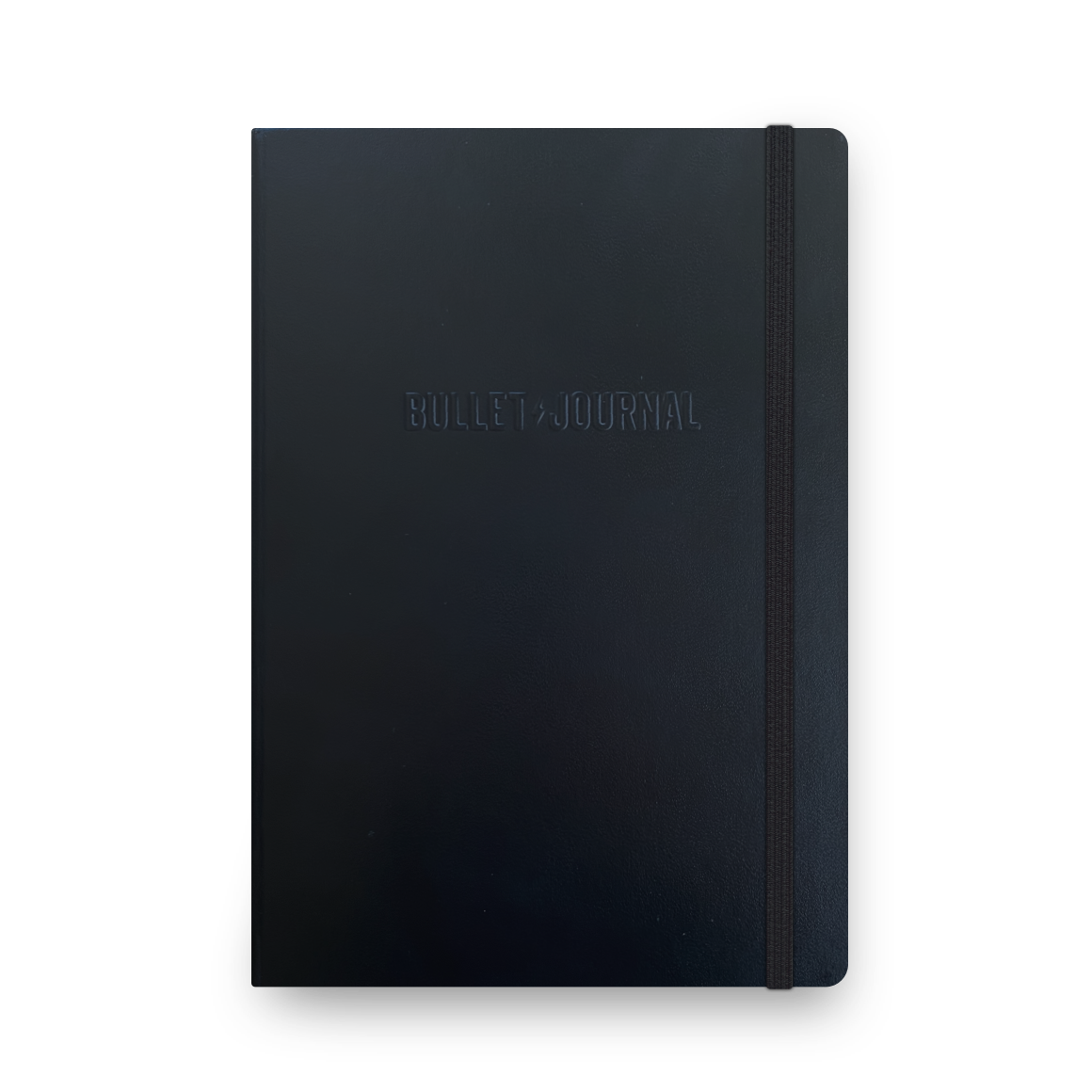Hello everyone! My name is Mariana and I have recently gone back to basics with my bullet journaling method. I have been bullet journaling for almost three years now but my style has varied throughout the time. I started with a simple system but as soon as my YouTube channel grew I felt the pressure to adopt a more artistic style and my layouts grew more and more complicated. In a sense, I was trying to transform the BuJo into the ultimate productivity tool while also using it to channel my aesthetic. You can see an example of that here:

However, channelling my aesthetic soon became too time-consuming for me to handle. As I became a full-time YouTuber while also writing my Master’s dissertation and enrolling in university again to major in History, the time I had available didn’t allow me to use my BuJo as I had hoped to.

Eventually, I abandoned it and started using my Mac’s calendar.
Two months afterwards I was feeling lost. Although a digital system allowed me to track my tasks or events, I felt a weird loss of purpose. My goal-setting was non-existent and I constantly felt like I didn’t know where I was heading to. Curiously, that moment coincided with the publishing of The Bullet Journal Method. I was lucky enough to receive a free copy on the mail and I devoured the book in one or two days. After reading the book, it dawned on me: I wasn’t able to Bullet Journal anymore because I had sabotaged my own system. By complicating and creating dozens of different spreads my productivity tool had lost its effectiveness and became a burden.
I grabbed some paper and started writing down the weaknesses of my system:
- An exaggerated focus on the aesthetic.
- Lack of referencing between pages and collections.
- Lost collections and projects inside my BuJo.
- Lack of future logging/planning.
- A ridiculous refusal to add notes in my task-focused daily spreads.
Refusing to let the Bullet Journal system go, I decided to start from scratch and focused on tackling every single mistake I had done in the past. First of all, I simplified my BuJo to its core – no more color schemes, stickers, washi tape or doodling. I picked a good pen (a Staedtler Triplus Fineliner, regardless of the color), experimented with different types of handwriting and picked a type that was quicker to use and “messier-looking” so I could start from scratch with low expectations regarding the aesthetic of the BuJo.

The second and third problems I had to fix were the lack of referencing between pages and lost collections and projects. I eventually came up with an idea that allowed me to solve both of these issues, and that was using a binder organizer to do all of my bullet journaling. The first time I saw this was in Boho Berry’s blog and as soon as I implemented the hybrid method, I couldn’t believe how much easier and simpler EVERYTHING became.

Since I am constantly working on multiple projects at the same time, it’s a given that I have to constantly add notes, thoughts and new logs to my collections. However, having these collections spread out in a hardbound notebook makes it harder to flip seamlessly through those pages of information, even if there’s a solid referencing and indexing system behind it. To solve that, I found that inserting dotted paper into my binder and using a max of five dividers to separate those projects allowed me to gain so much confidence when writing down notes and thoughts – no more wondering about how many pages a new log entry would take; or how many total pages I would need before I finished a certain project. All I had to do was switch pages around, add more pages and rearrange things in case they weren’t working out for me.


Regarding future logging, I went back to the basics and used the classical Ryder Carroll method of writing down future events. These pages are placed in the front of my planner so they are the first thing I see in case I have to quickly jot down information on an upcoming event. No more yearly, monthly and weekly complicated views and overviews – with a daily log and a future log I am now able to concisely plan out my days in detail.

My daily logs are also simpler than before. I only use four of the classical bullet points: a dot for an incomplete task, a “x” for a complete task, the “>” sign for a task that was migrated for the following day and a dash for notes.

That’s it! No more color coding. Indenting tasks and notes also allowed me to get a sense of hierarchy and understand how many tasks need to be completed to tackle a larger project. At the most, I underline my titles to get a notion of how my collections and logs are organized and what kind of topics are covered in that section of my BuJo.
In the end of two months using this new bullet journal, my productivity sky rocketed. I was accomplishing more and I was able to visualize my goals better, letting go of the unnecessary things and focusing on what truly mattered.
___
About the Author
Mariana is a Portuguese law student and started her YouTube channel back in 2015 to track her progress on her organization and productivity skills. The bullet journal would become the foundational tool behind her learning journey.

